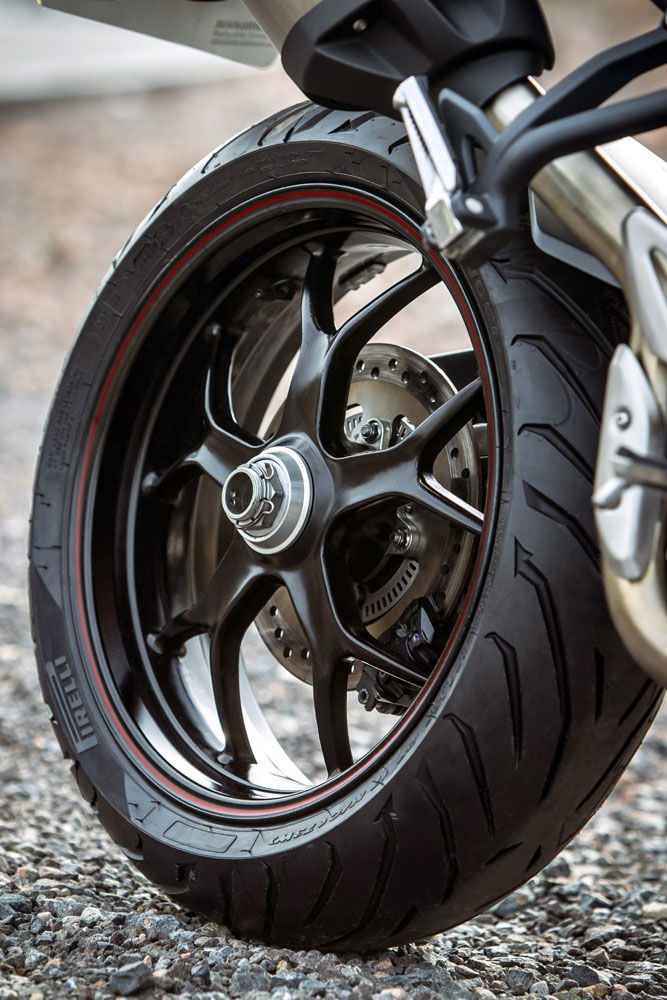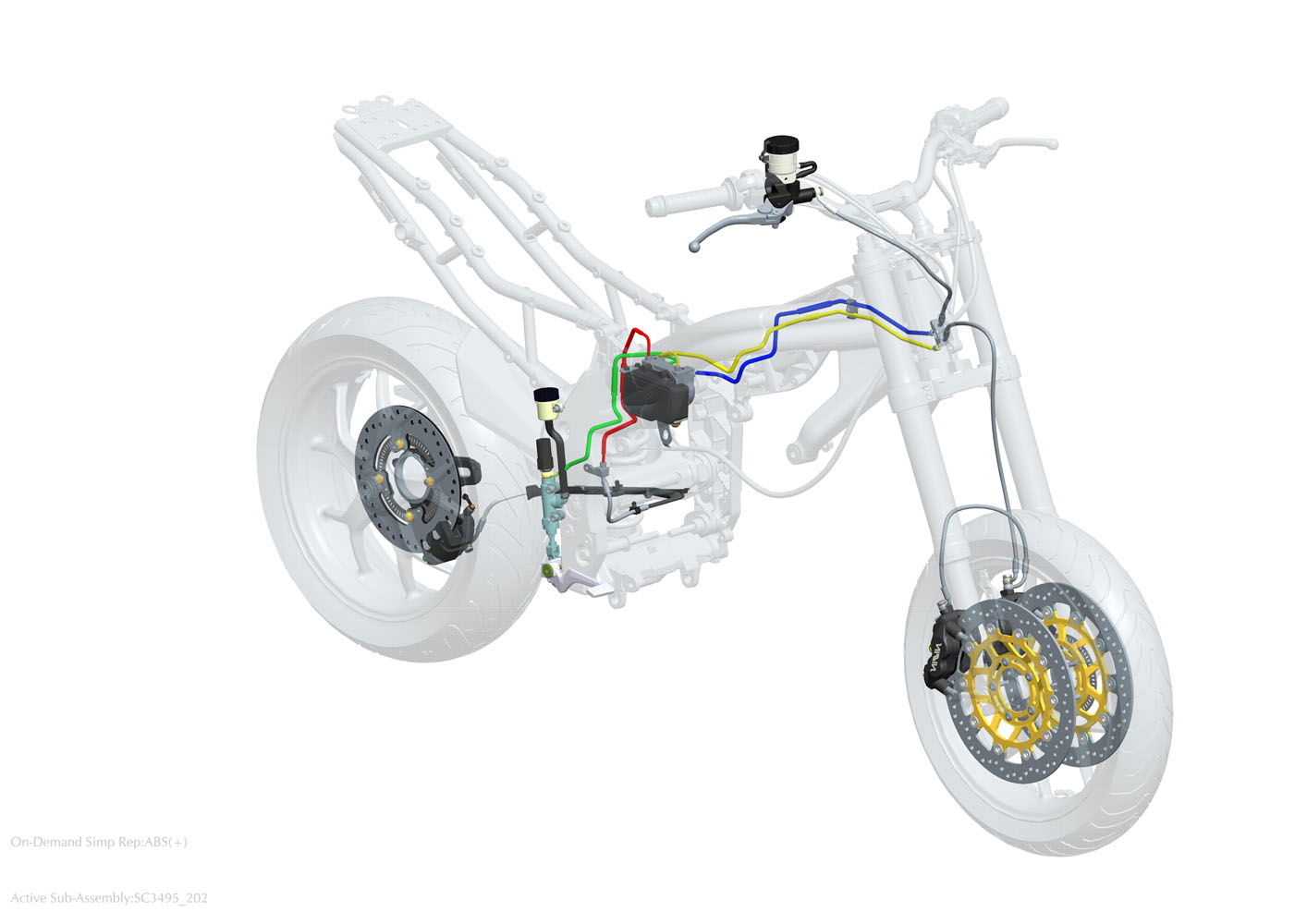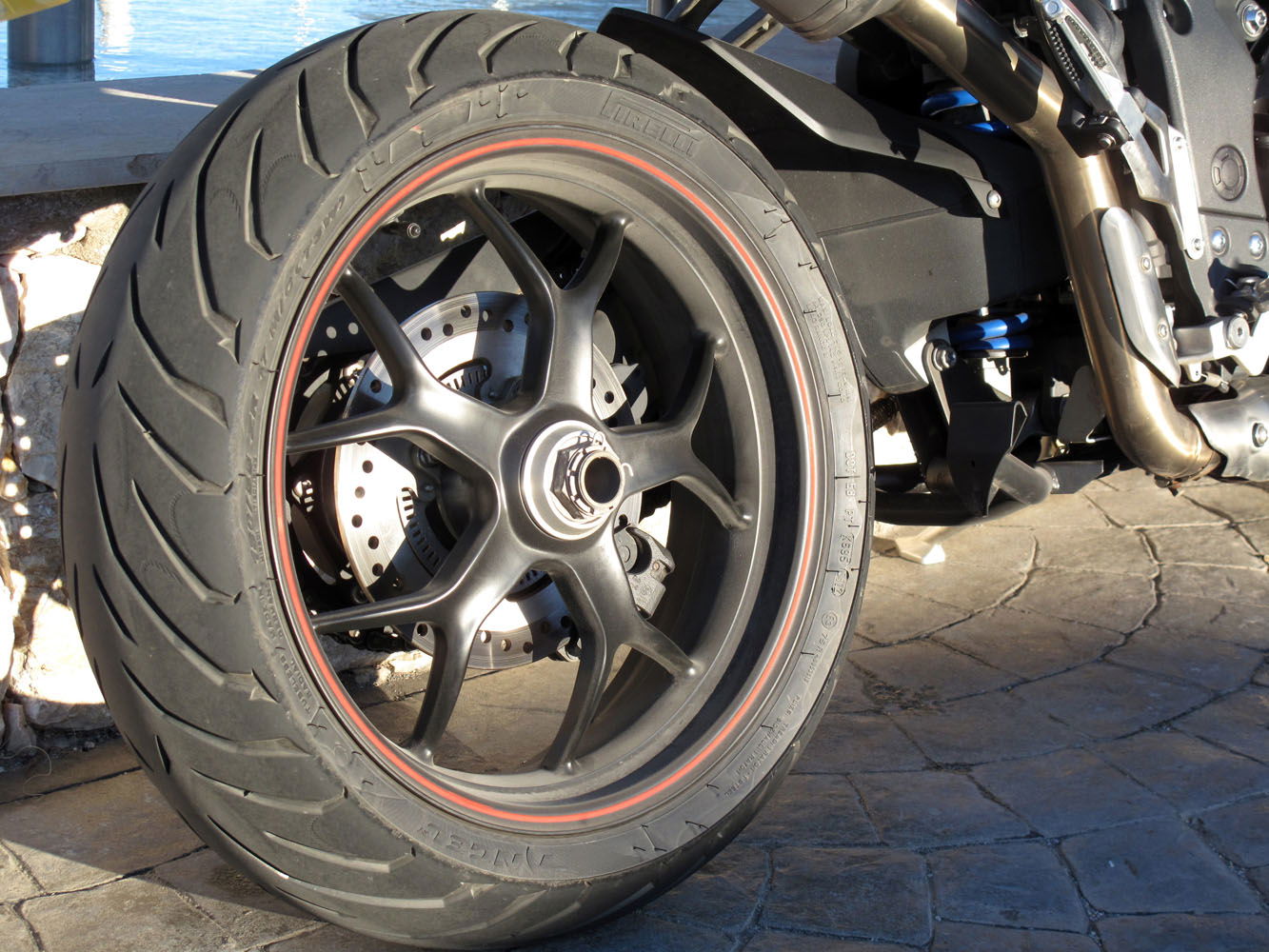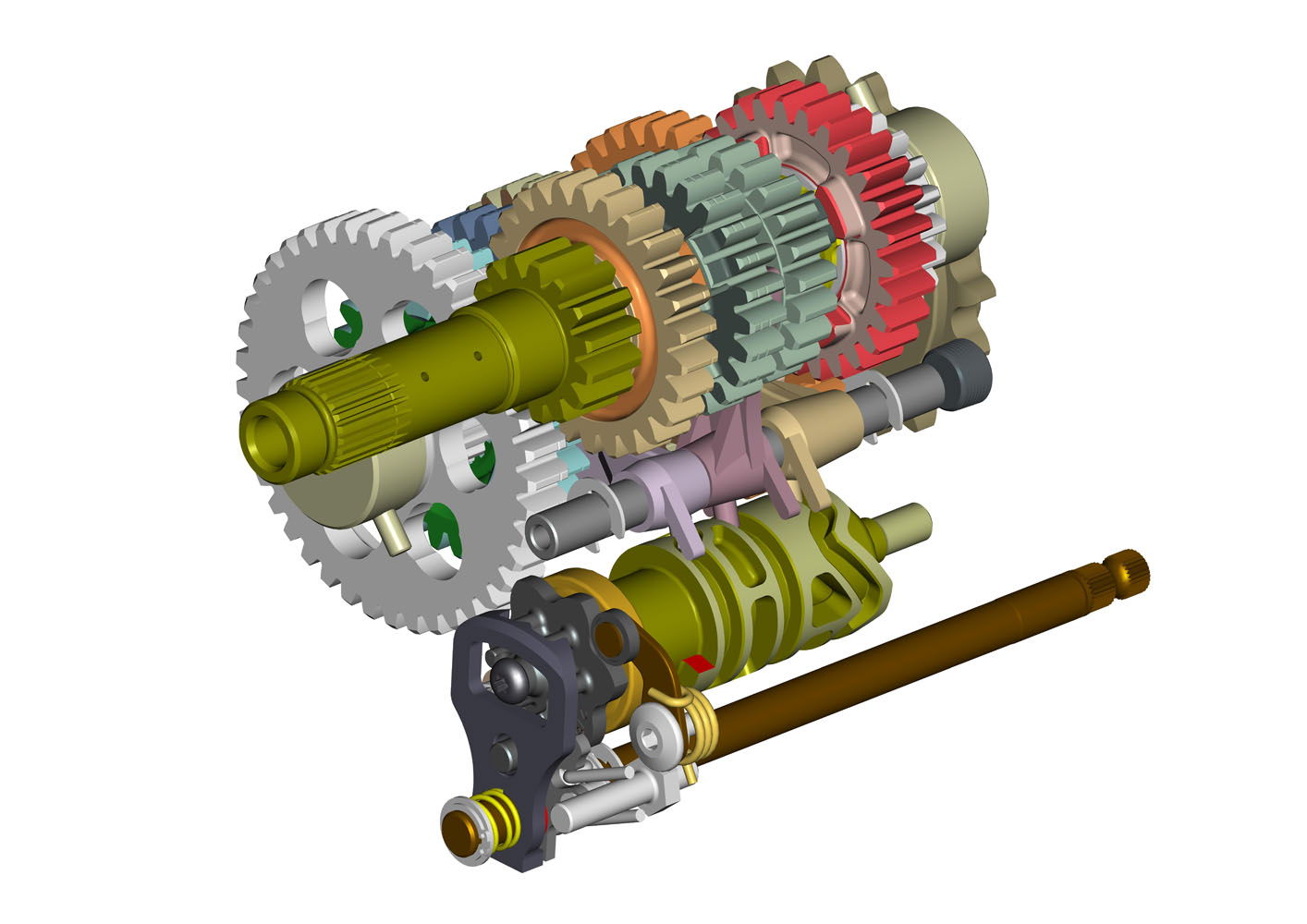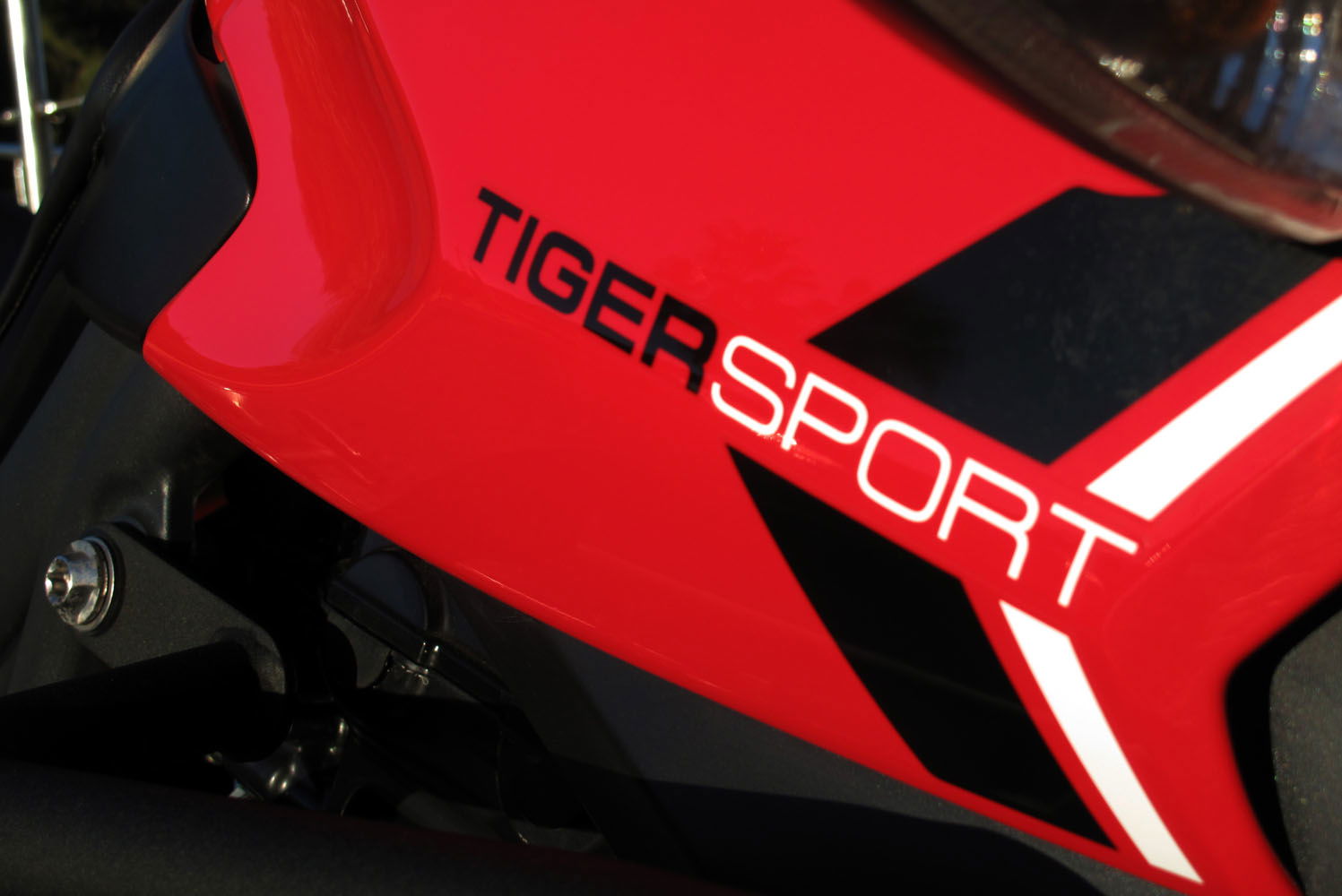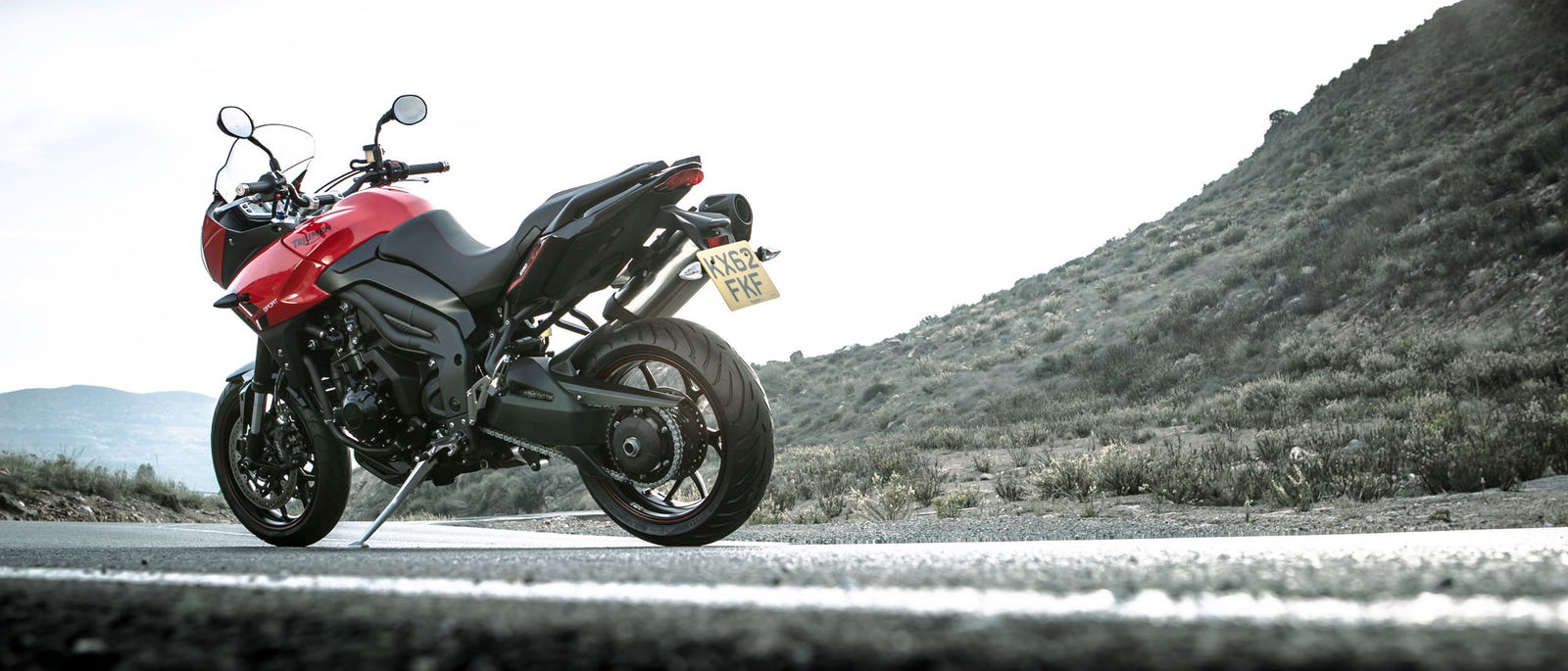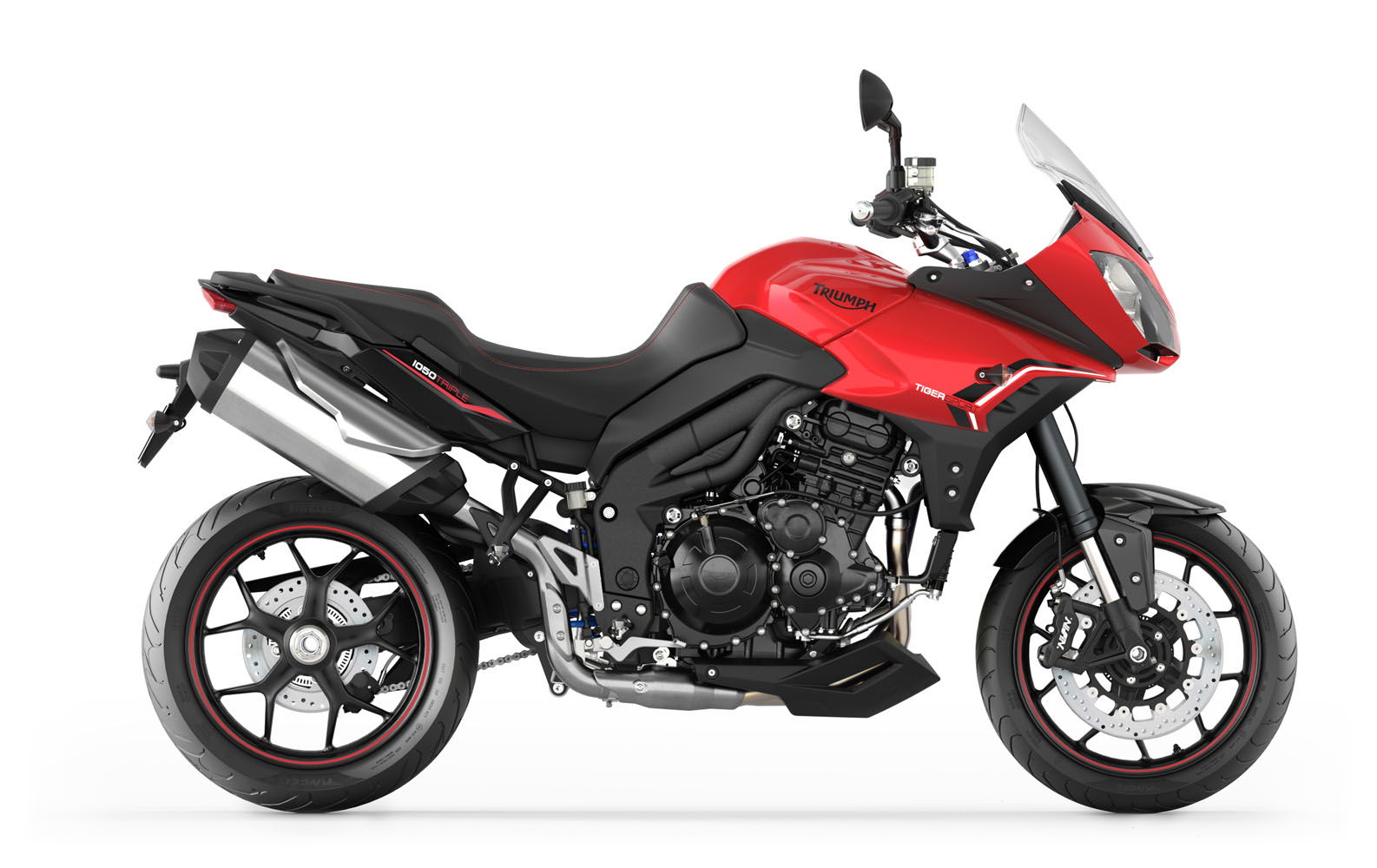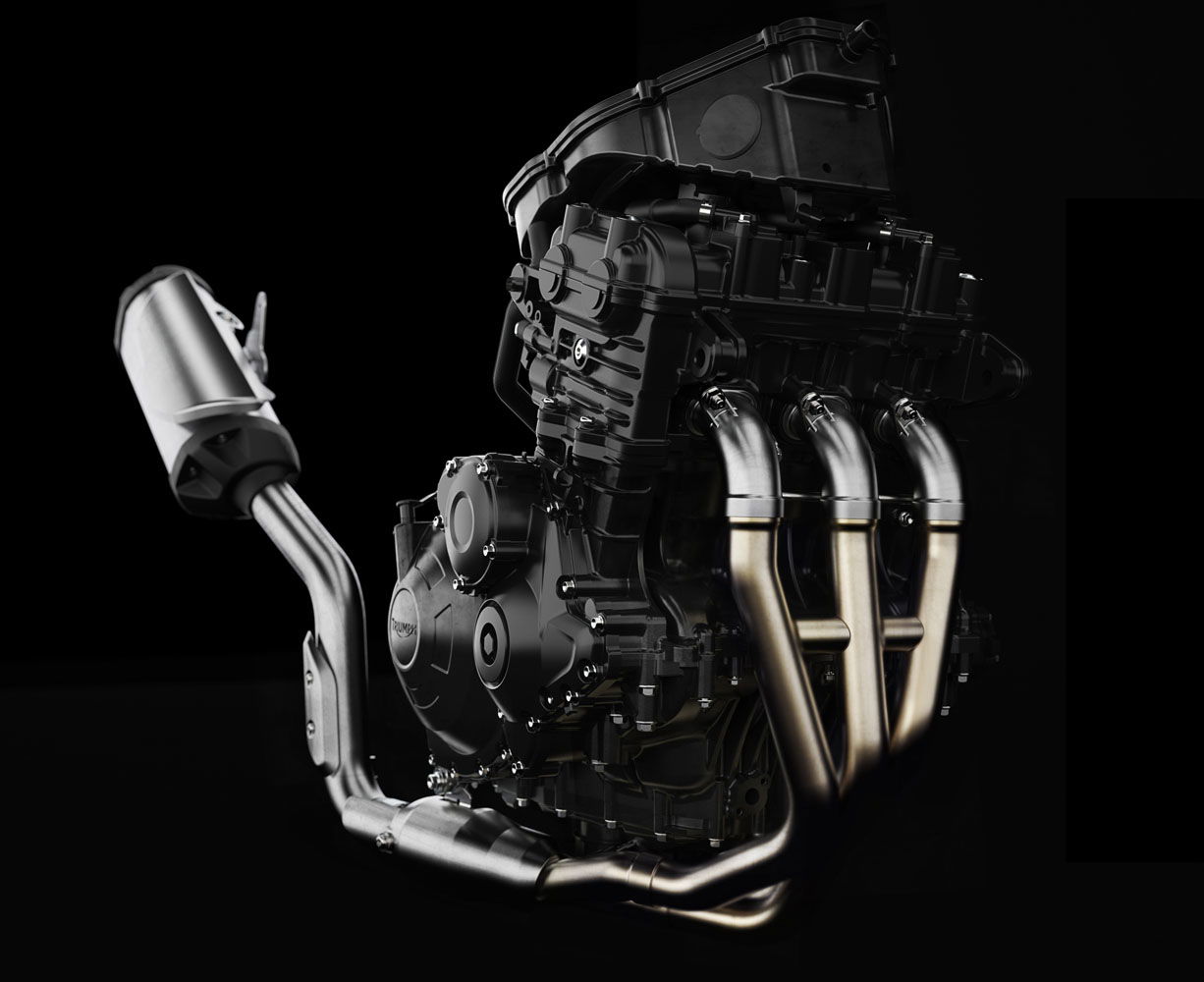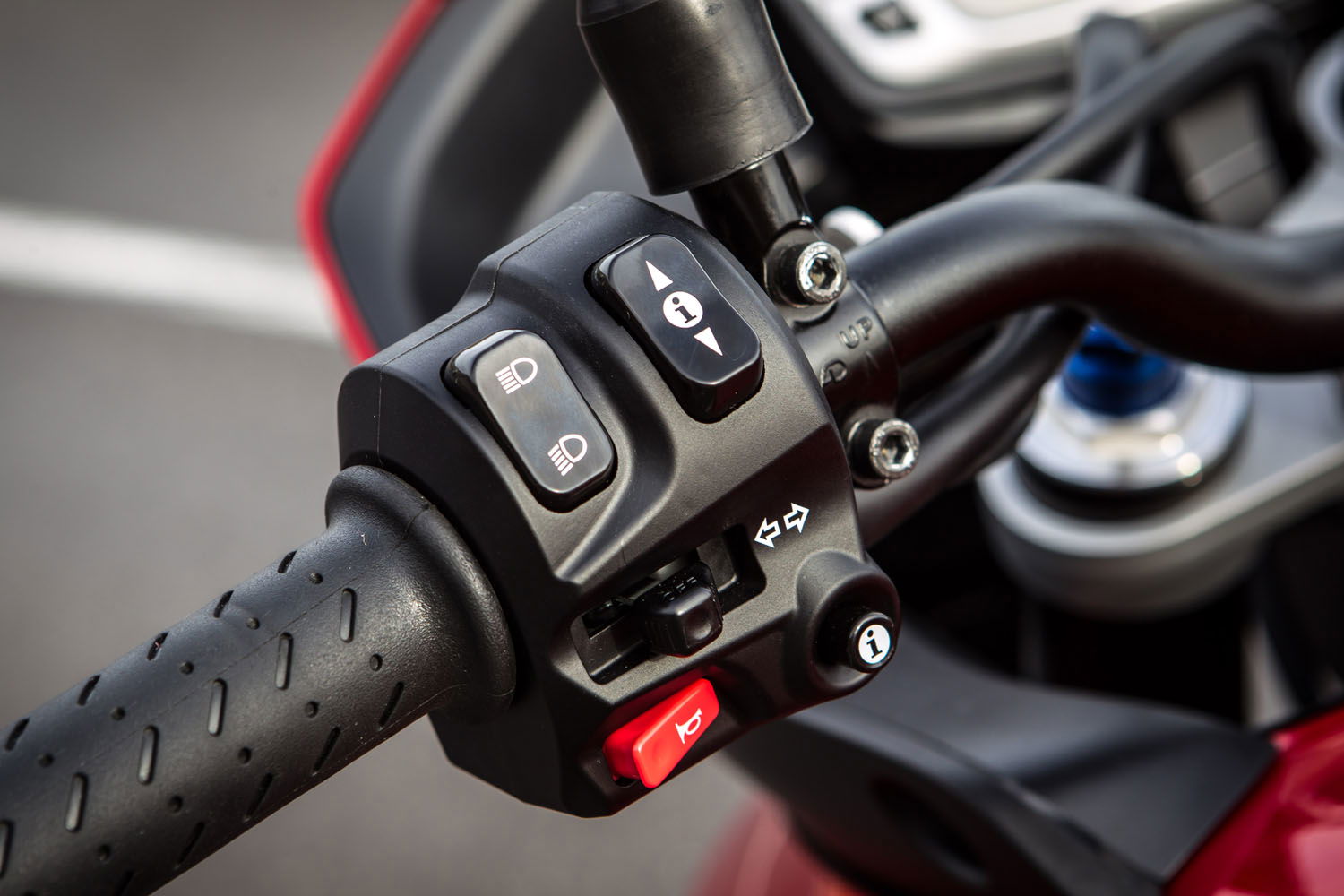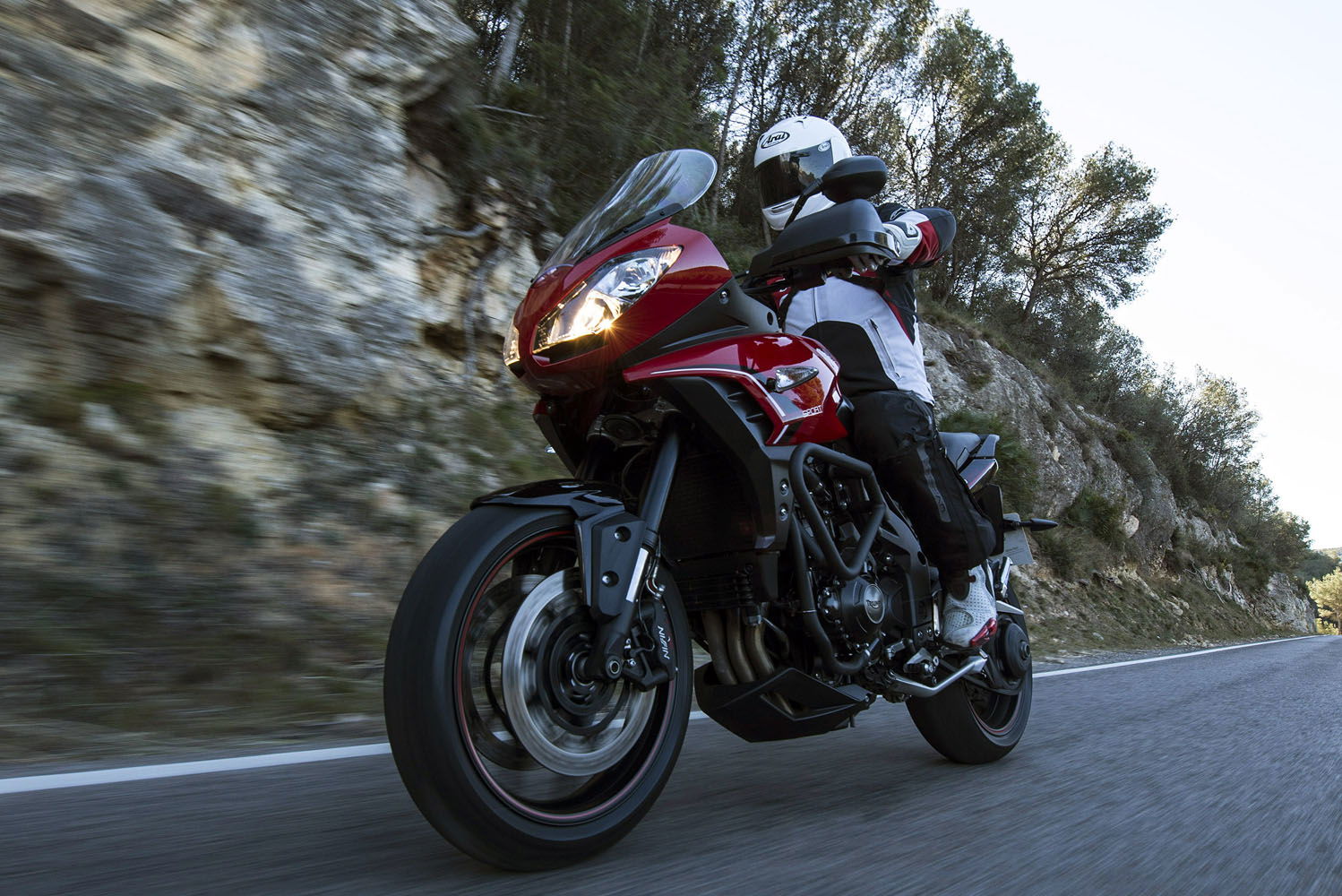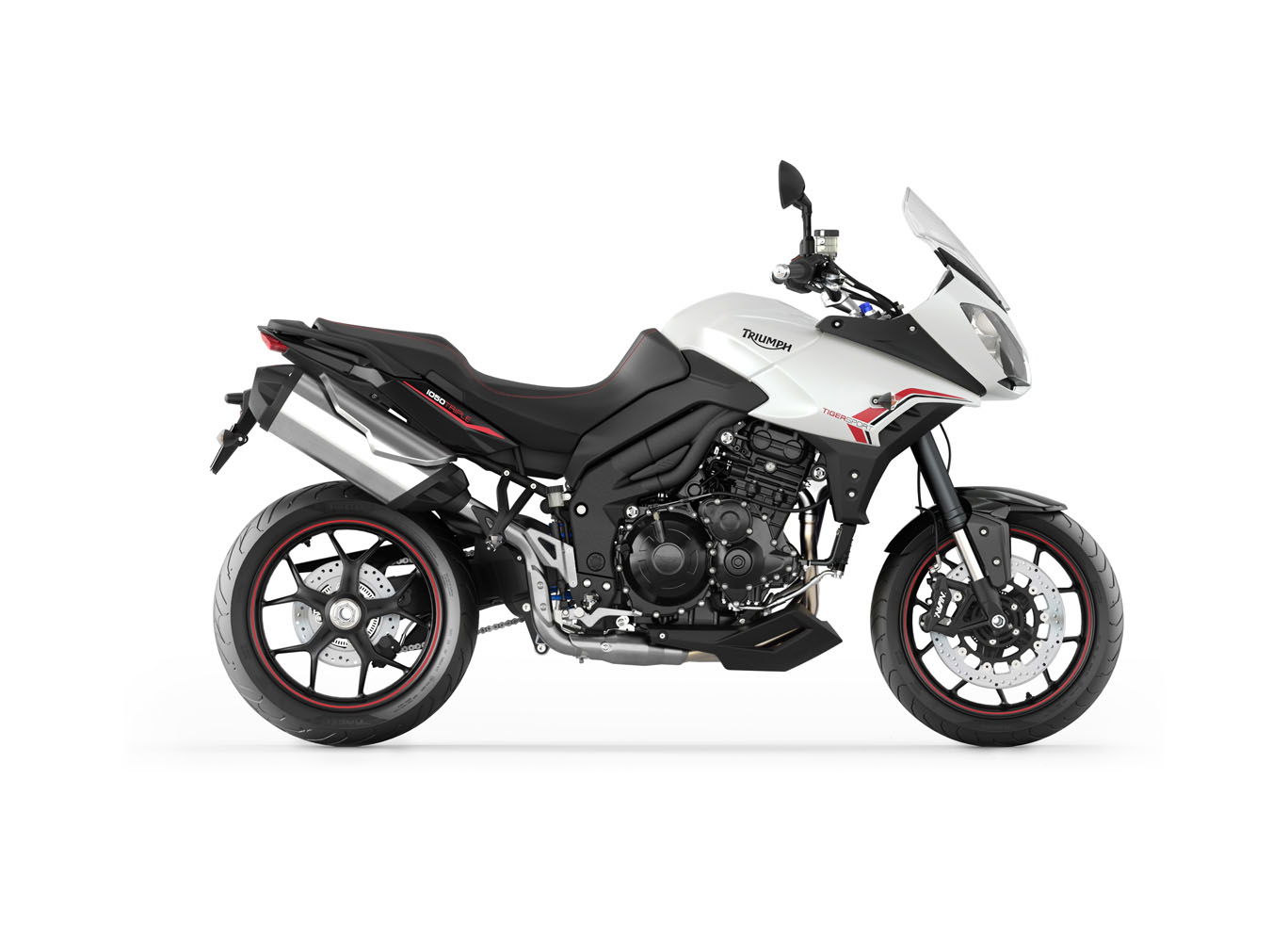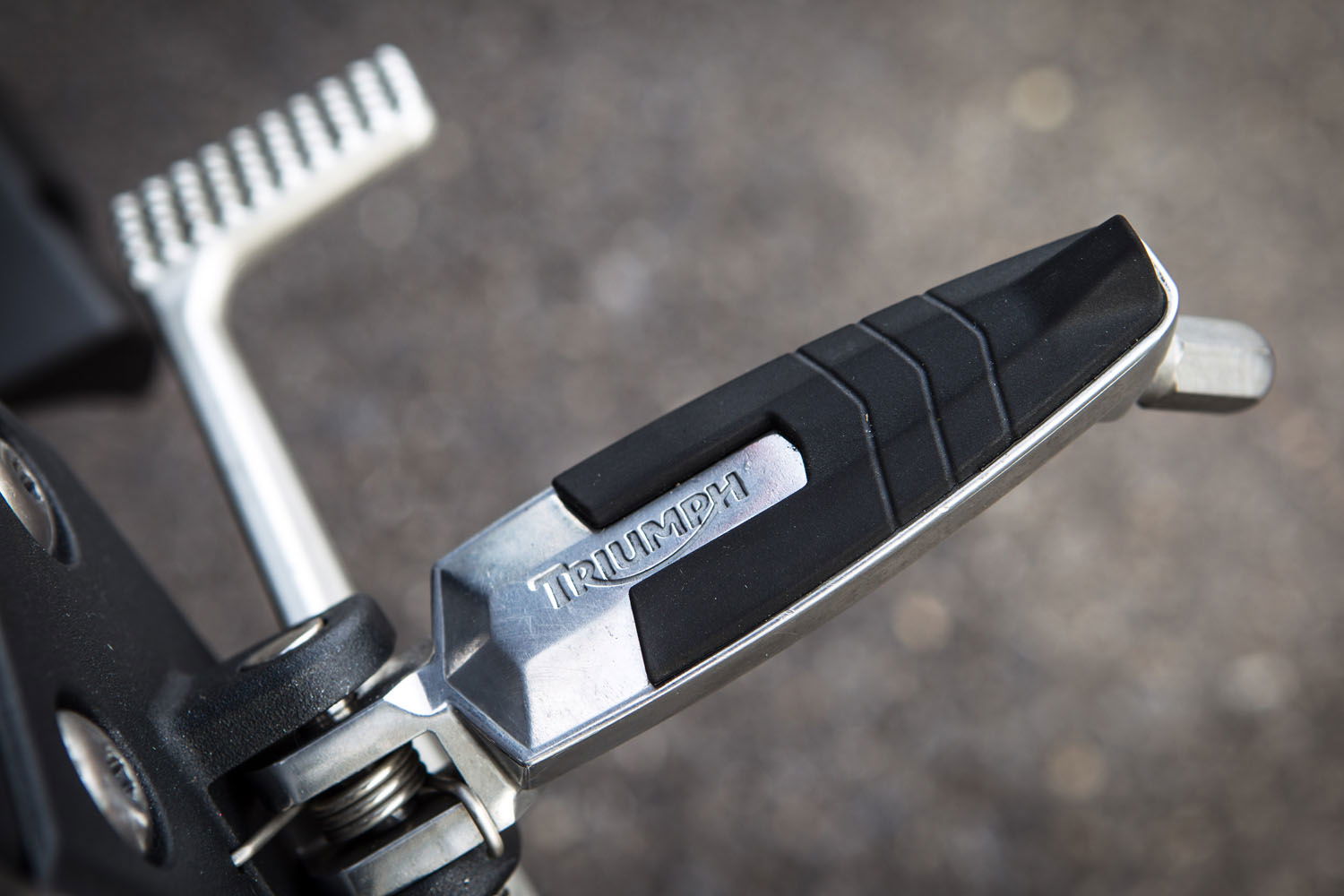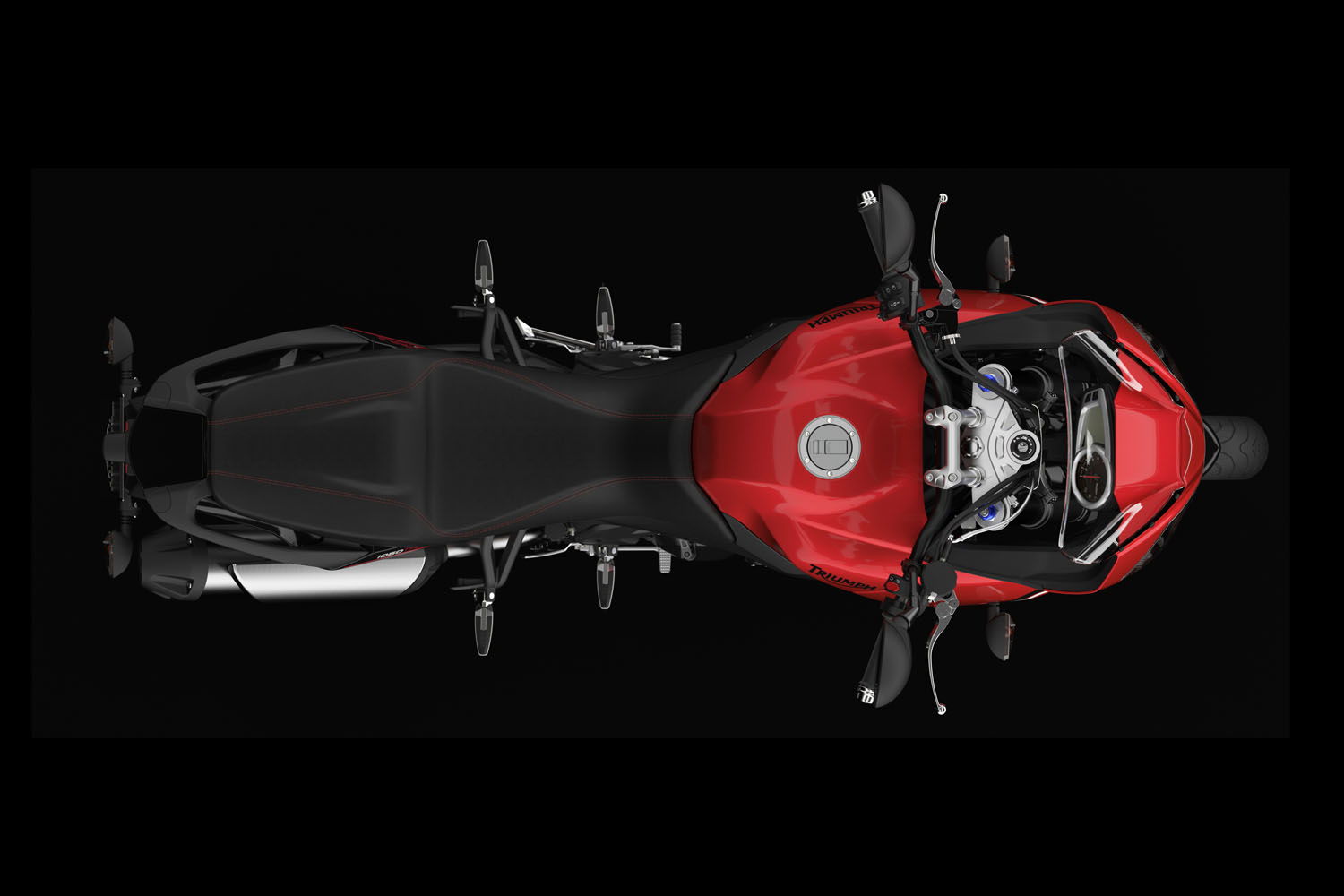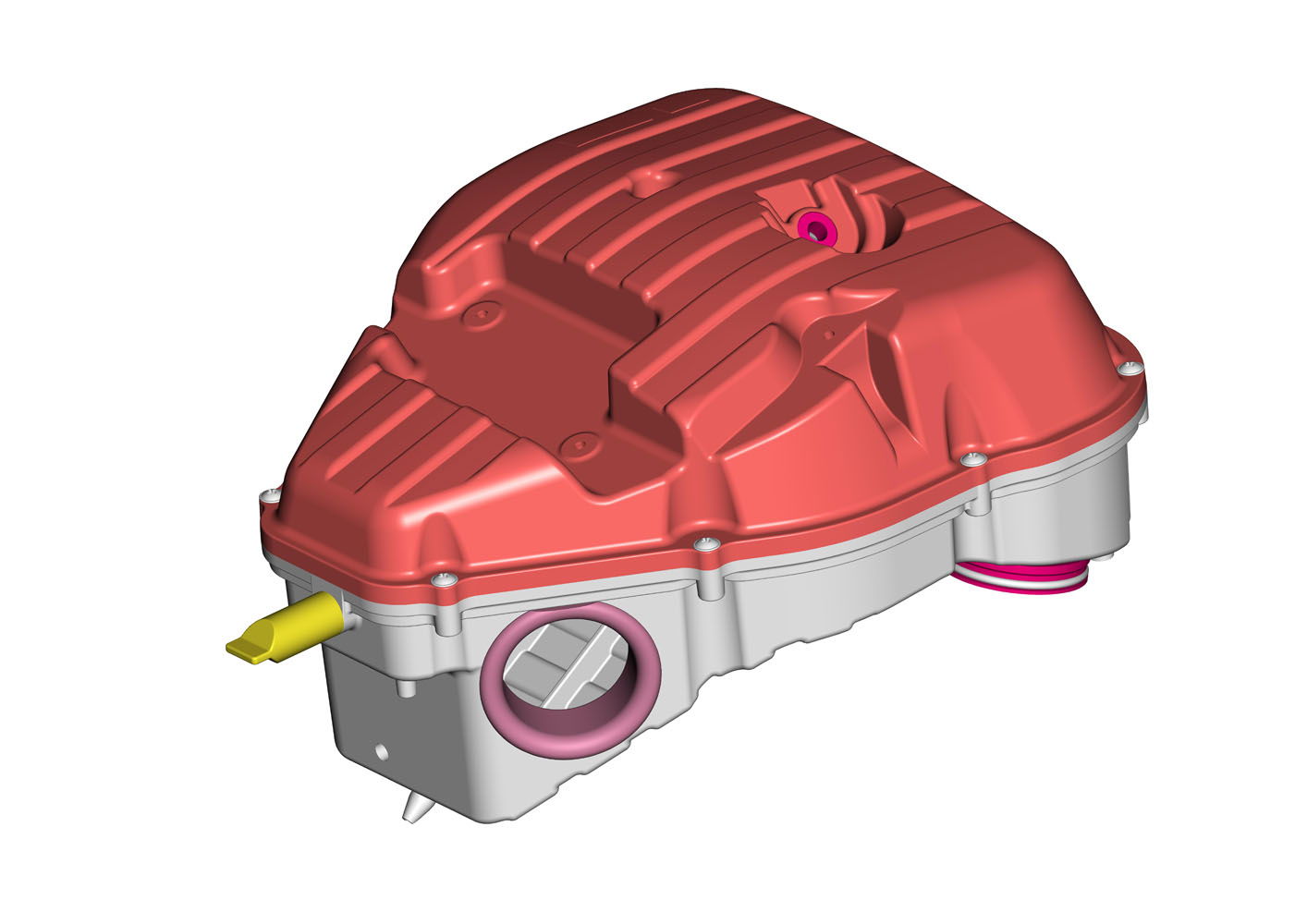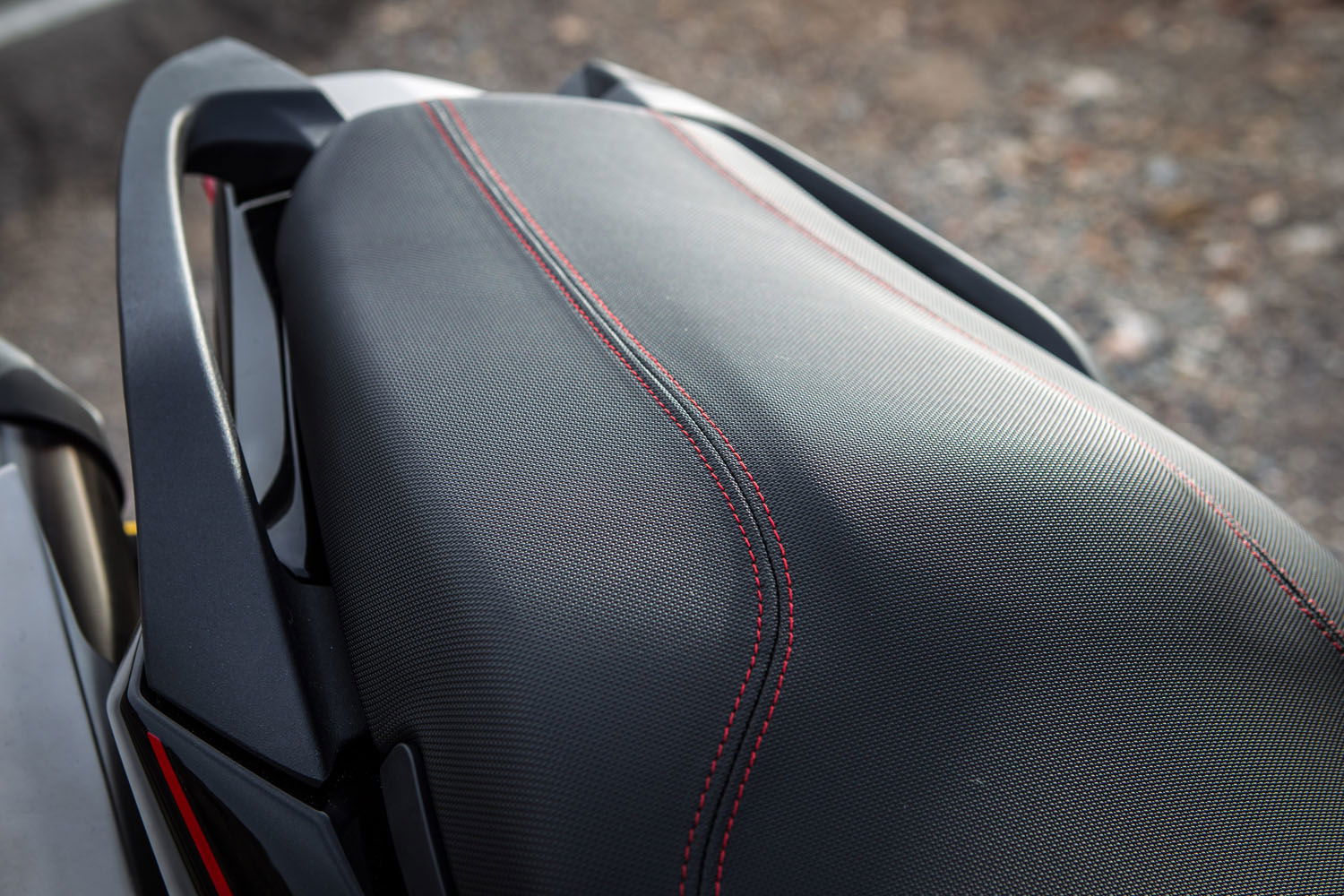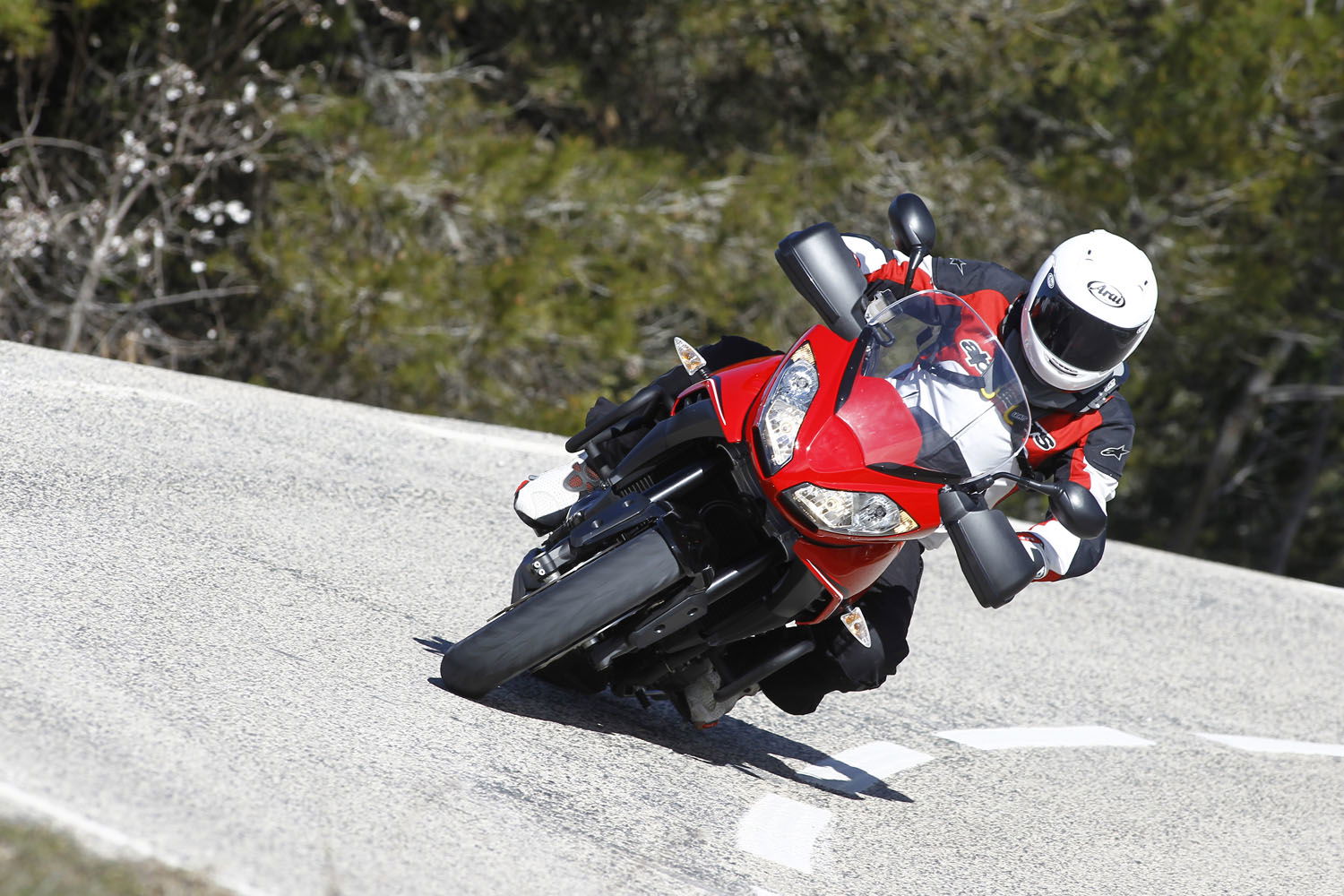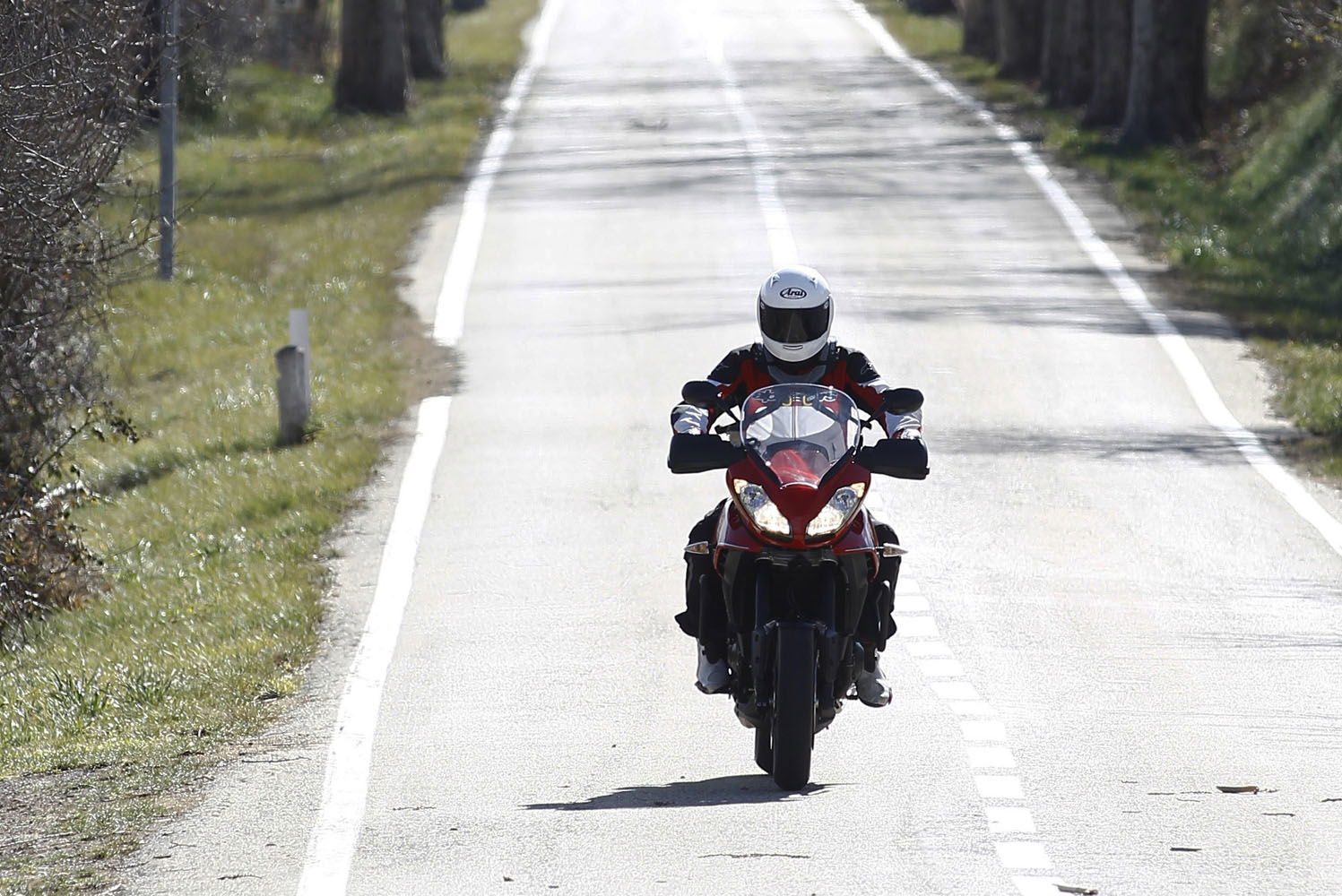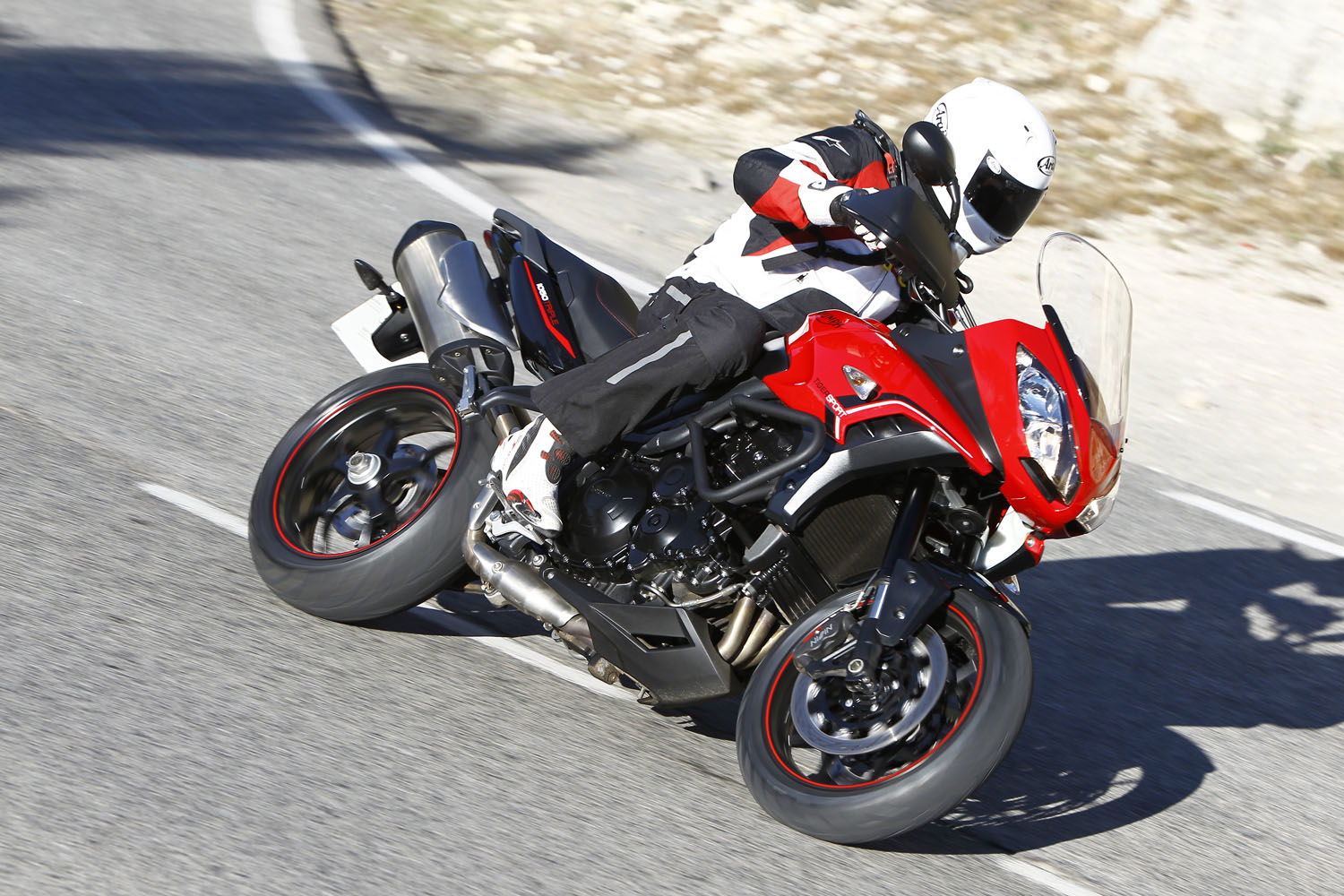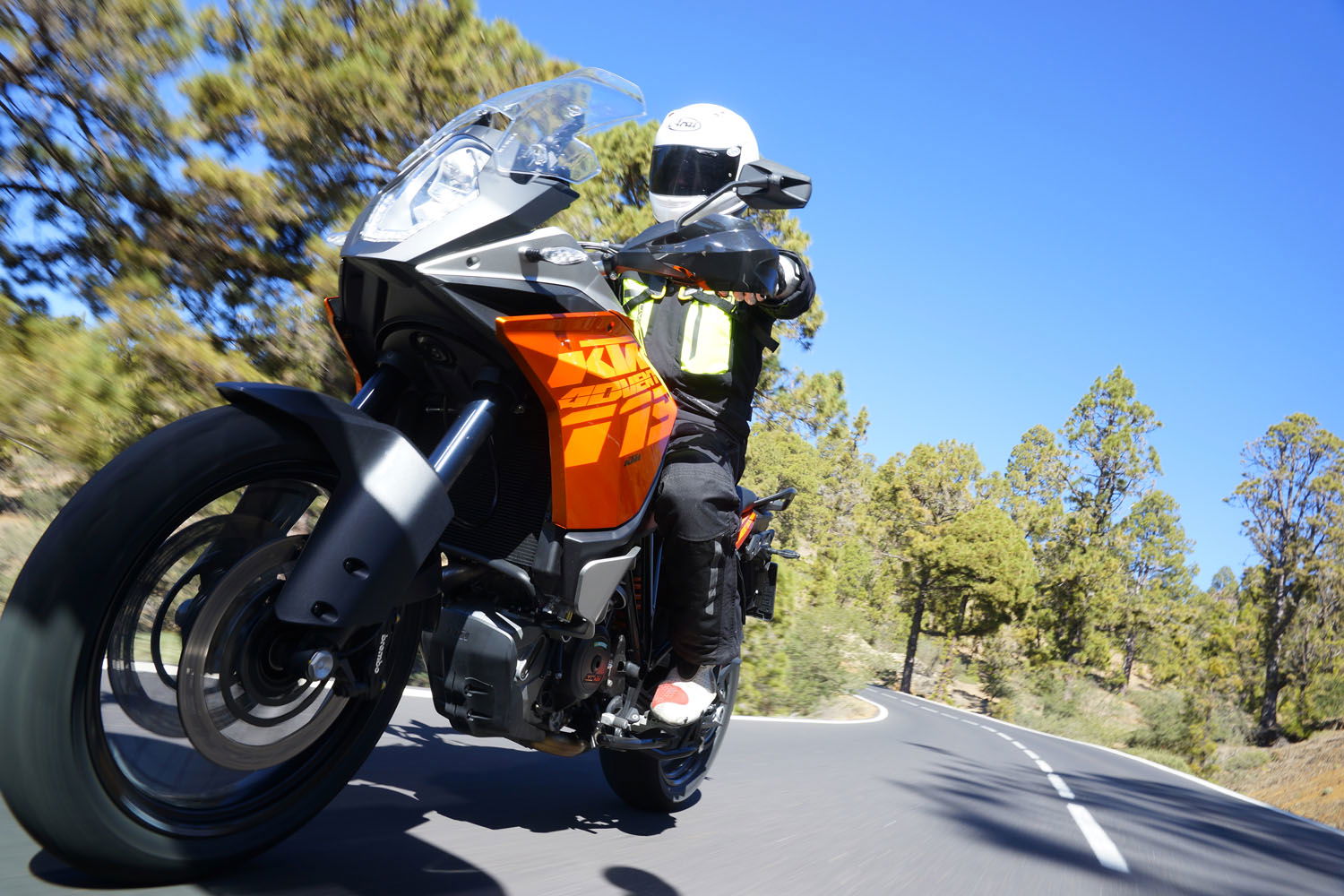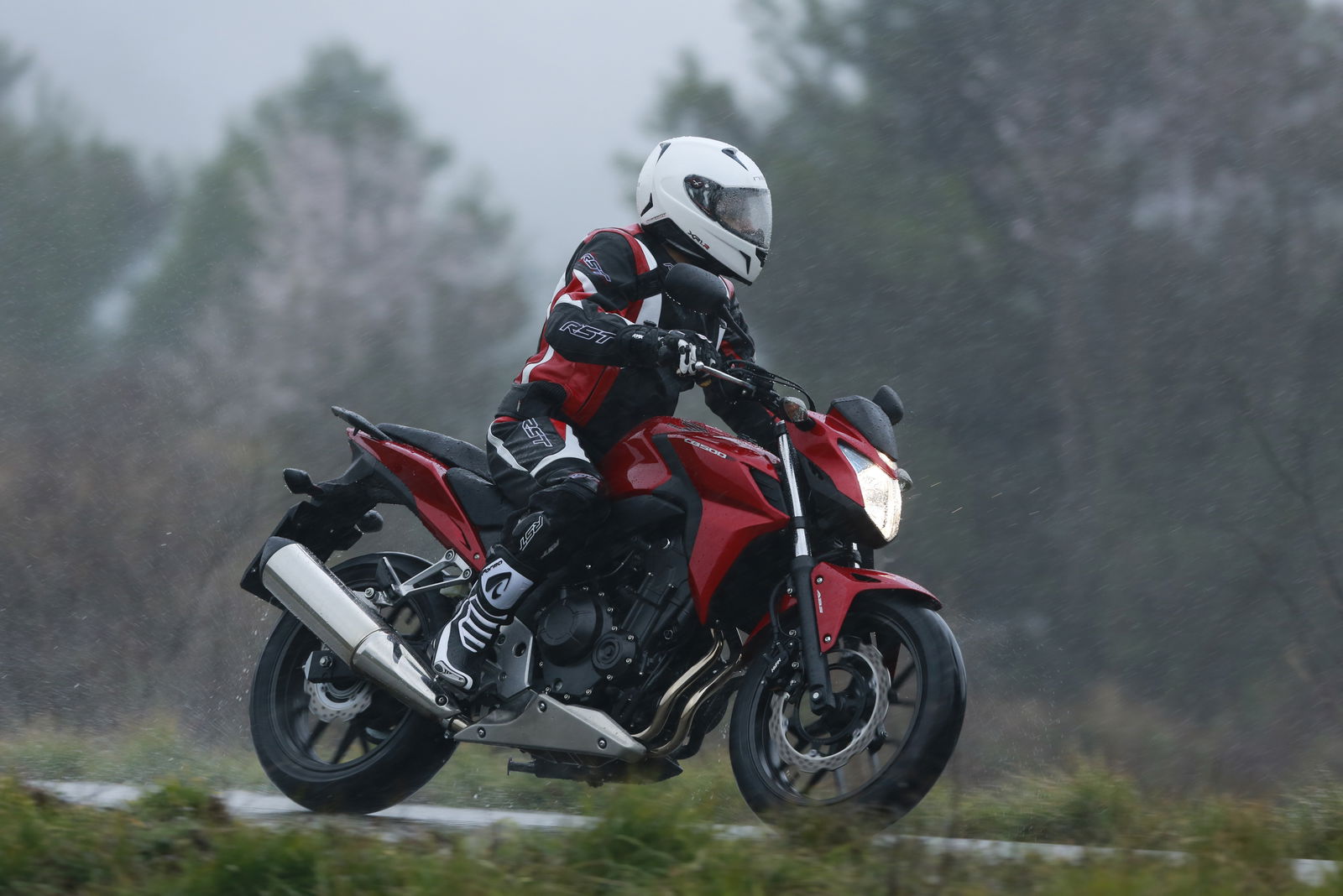First Ride: 2013 Triumph Tiger Sport
Triumph's heavily revised Tiger has gained 10bhp, more torque and a single-sided swingarm but it's the things you don't see that count

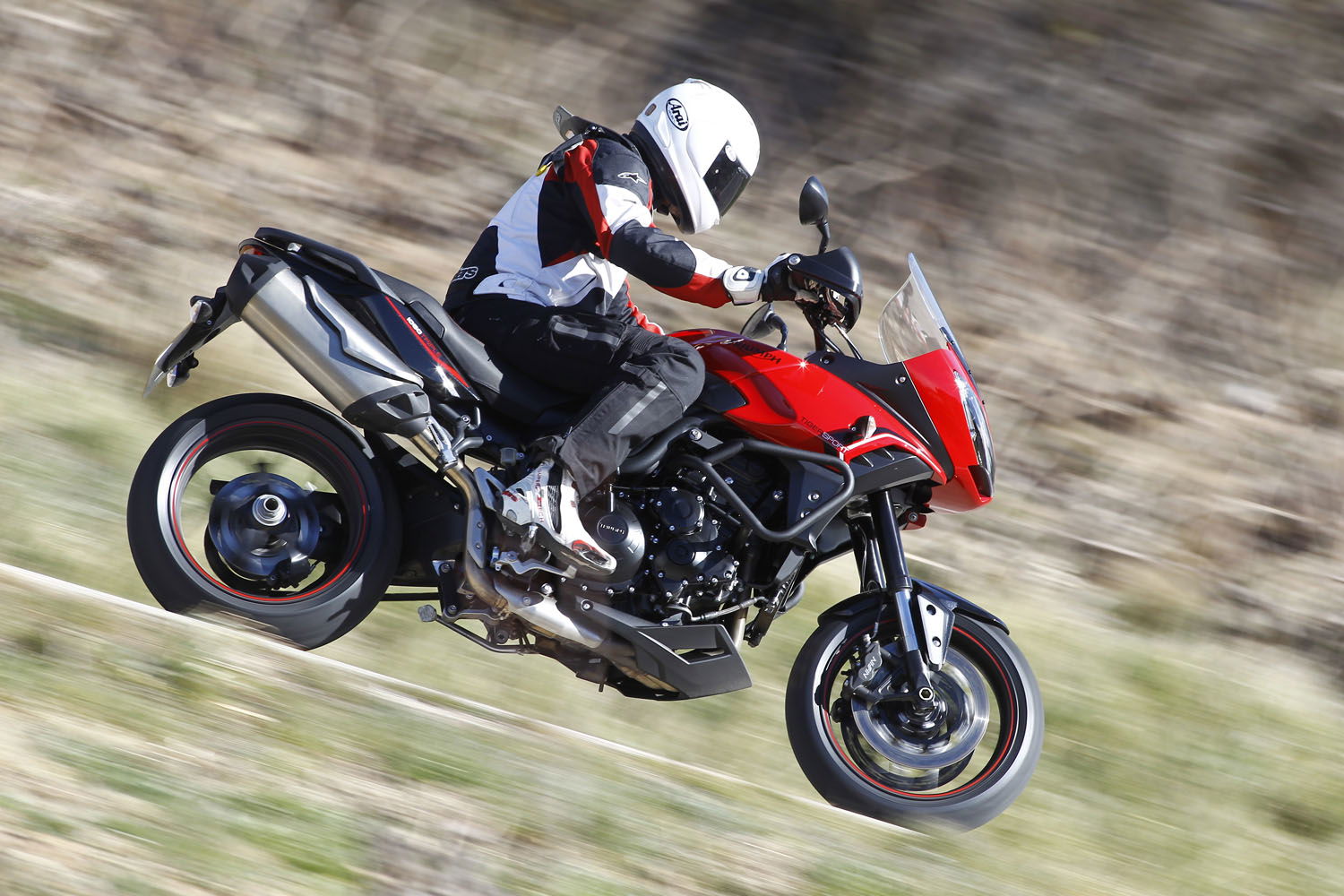
WHEN I first heard about the Tiger Sport I thought it was going to be a faster, lighter and more agile Triumph Tiger. Still cuddly but with added bite; a Tiger with more GRR.
It's not quite that simple.
Forget the 'Sport' name for a moment. This is a meticulous update to one of Triumph's most popular bikes from the past five years, the Tiger 1050.
Sure, it's got 10 more horsepower, a new single-sided swingarm and sharper looks. While those may well be the headlines that catch your attention it's the smaller details that make the difference. While it features ABS there are no power modes nor any traction control.
Just looking at reviews from Visordown's Triumph Tiger 1050 owners, it's clear the outgoing Tiger 1050 is a well-loved motorcycle, a motorcycle ridden by older, more experienced riders who cover higher milages.
According to Triumph's own research, owners love the engine performance, practicality and riding position but aren't too keen on a handful of areas including the pillion position, fuel economy and standard equipment. With owner feedback in mind, Triumph's engineers set to work to meet their requests but also improve handling, performance, styling and ergonomics.
The dyno chart shows power is up by 10bhp at the 9,400rpm redline and torque has not only increased by 4.5ftlb to 76ftlb but the bulge on the lefthand side of the graph shows that it now produces maximum torque at 4,300rpm instead of the Tiger 1050's 6,250rpm.
If I had to sum up the engine in one word it would be: effortless. Which by the way is not a word I'd use to describe the clutch which is cable-operated, fairly heavy and is one part on this revised Tiger that feels like a relic from Tigers of old. Fortunate then, that you don't need to use it that much.
The clutch springs need to be heavy to stand up the motor's hefty slab of torque that comes in from 2,0000rpm and never really eases off. A great characteristic of this three-cylinder engine is its versatility: it pulls from next to no revs without the hammer-like vibes of a twin, but you can also rev it almost as hard as a four. In the interests of effortless, you don't need to push the needle past 7,000rpm but need and want are two completely different animals. Revs are there for the taking if that's your thing.
The gearbox has never been the Tiger's strong suit but Triumph have made a raft of changes to address this. The entire selector mechanism has been redesigned to reduce effort and make shifting slicker. It's far more precise but I think a lighter clutch would see the end to missed gears completely. 6th gear also features a ratio change from 28:28 to 27:28, meaning that any wear is spread across the cogs and isn't just the same two cogs constantly engaging with each other and amplifying any wear and with it, chance of failure. The gearbox is always an easy target for anyone looking to pick holes in a Triumph. At least, that used to be the case.
Rather ironically, as good as the revised gearbox is, you don't need to use it that much. I found 4th gear perfect for everything from 20mph hairpins to 120mph straights. While I did lag coming out of really slow turns compared to my multi-geared colleagues, once the motor reaches 3,000rpm there's no stopping its progress, all helped of course by the addition of an extra tooth on the rear sprocket. Manners at low revs is something a lot of manufacturers have cracked in recent new models and Triumph have joined the party. Unless you're below 2,000rpm, you'll be able to dig your way out of anything.
Throttle response is improved by the addition of the airbox from the Speed Triple and the exhaust has been revised to improve gas flow too. If the Daytona 675's triple is a Scrum-Half: light, lively and nimble, then the Tiger Sport's triple is a Flanker: powerful yet agile and versatile. It's certainly not a lumbering Loosehead Prop but this is still a big engine that loves torque over revs.
